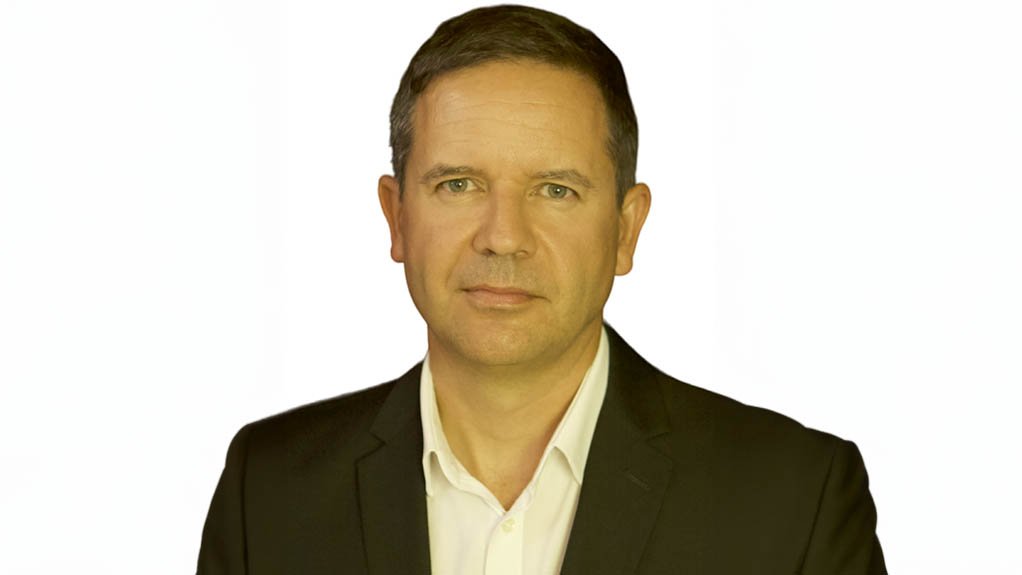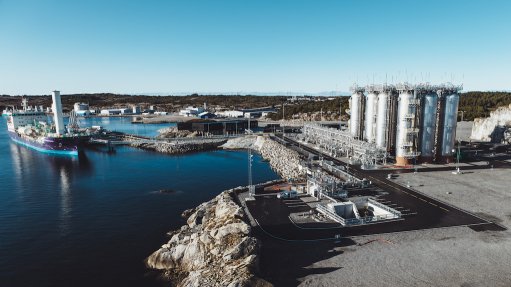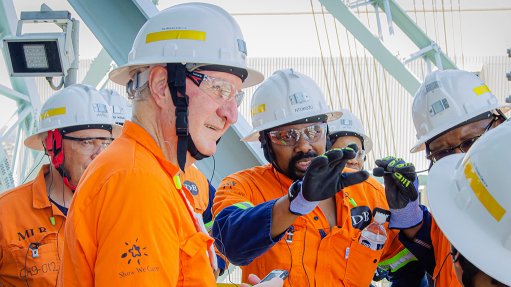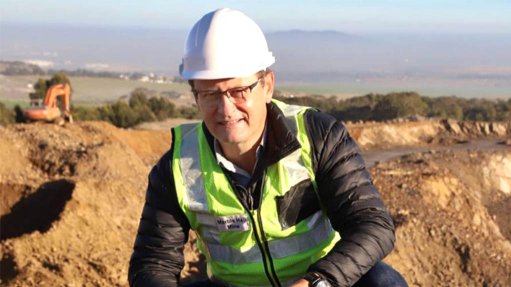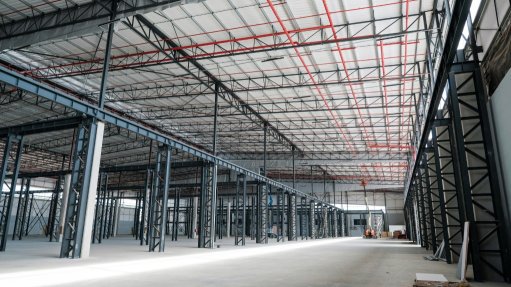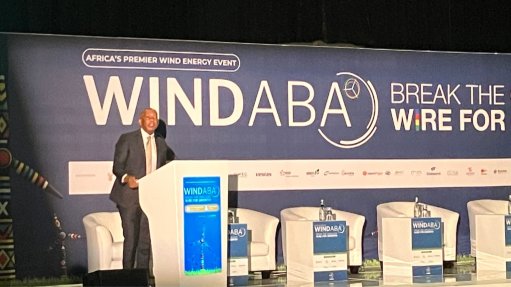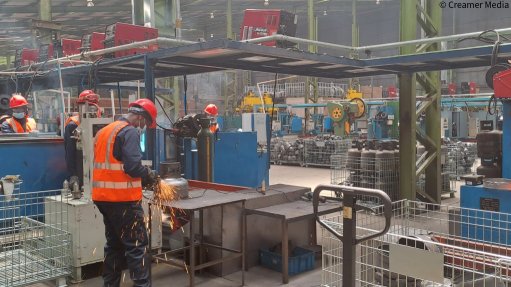South African renewable energy IPP project equity returns – are they still attractive?
This article has been supplied.
How can investors improve margin in the energy value chain – circa >100 MW projects and above
By: Enriko Fourie, Transaction Advisor at Cresco Group
Over the last 15 years, South Africa has seen significant growth in renewable energy Independent Power Producer (IPP) activity, with over 7,000 MW from 100 projects that are operational or being constructed under government off-take contracts. The trend is set to continue, with more than 18 000 MW projected generation according to the 2023 Integrated Resource Plan.
IPPs play an important role in diversifying the energy mix in liberalising energy markets, and equitable project risk allocation and associated equity returns are key for long-term competitive tension and ultimate value-for-money for end customers.
The start of RE and setting a “Baseline” for equity returns
The IPP growth trend was kickstarted by the SA Government’s Renewable Energy Independent Power Producer Procurement Programme (REIPPPP), which attracted significant local and foreign investment in renewable energy projects. The government programme, together with a favourable regulatory framework and government credit support, provided a stable and attractive environment for investors. The well-structured and timeline -conscious procurement programme created significant competition, resulting in equity IRRs just above long-term RSA government bonds – good for buyers of energy, bad for investors.
Sector growth is now transitioning to private off-take on the back of energy market liberalisation. Although the trend is currently limited to wheeling (via the Eskom grid), the market is expected to evolve to a fully liberalised day-ahead trading platform in the next few years.
Key metrics from selected projects
In exploring the article title, statistical analyses were conducted on project cash flow attributes from more than 54 large-scale (>75MW) wind and solar projects. Average values were calculated for relevant project attributes including total gearing (70.8%); all-in senior debt rate (10.2%); nominal equity internal rate of return (12.3%) and shareholders loans as a percentage of total equity (44%). Assuming that shareholders loans lie at the midpoint between ordinary equity return and all-in debt rate, the equity and shareholder loan returns are calculated as 12,9% and 11,6% respectively (the former being a far cry from the >17% equity returns contemplated in REIPPP 1 – back in 2013).
IRR value uplift options
Through participation in the various project lifecycle stages (including development, construction, and operations), there is still room for IPPs to increase their overall returns. Additionally, increased gearing and reduced spreads via refinancing and project securitisation can squeeze additional returns to local pension funds or equity investors; albeit not enough to satisfy international equity return requirements.
Long term – risk / return balance
In the medium term, we expect the private renewable energy space to migrate from large bi-lateral deals to generation and demand aggregation; we have already seen the establishment of aggregators and traders. The diversification associated with aggregation will allow flexible structuring such as shorter PPA durations, tailor-made energy supply curves, and specialised service offerings, like ancillary services, at higher margins. Intuitively, one could also see innovative or alternative solutions in the finance space such as portfolio funding, which could eliminate high cost and long lead times associated with individual project finance models. The latter trends and initiatives will have a positive effect on equity returns.
Where to from here for investors returns?
The current muted equity returns are a downside of a successful and highly competitive renewable energy industry in South Africa. There is still adequate margin for IPPs that participate across all the project stages. Also, changes in sector operational and possibly funding models could improve nominal returns to levels that entice international infrastructure equity investors. Regardless, it is certainly an exciting time to be involved in the South African renewable space.
Article Enquiry
Email Article
Save Article
To advertise email advertising@creamermedia.co.za or click here
Comments
Announcements
What's On
Subscribe to improve your user experience...
Option 1 (equivalent of R125 a month):
Receive a weekly copy of Creamer Media's Engineering News & Mining Weekly magazine
(print copy for those in South Africa and e-magazine for those outside of South Africa)
Receive daily email newsletters
Access to full search results
Access archive of magazine back copies
Access to Projects in Progress
Access to ONE Research Report of your choice in PDF format
Option 2 (equivalent of R375 a month):
All benefits from Option 1
PLUS
Access to Creamer Media's Research Channel Africa for ALL Research Reports, in PDF format, on various industrial and mining sectors
including Electricity; Water; Energy Transition; Hydrogen; Roads, Rail and Ports; Coal; Gold; Platinum; Battery Metals; etc.
Already a subscriber?
Forgotten your password?
Receive weekly copy of Creamer Media's Engineering News & Mining Weekly magazine (print copy for those in South Africa and e-magazine for those outside of South Africa)
➕
Recieve daily email newsletters
➕
Access to full search results
➕
Access archive of magazine back copies
➕
Access to Projects in Progress
➕
Access to ONE Research Report of your choice in PDF format
RESEARCH CHANNEL AFRICA
R4500 (equivalent of R375 a month)
SUBSCRIBEAll benefits from Option 1
➕
Access to Creamer Media's Research Channel Africa for ALL Research Reports on various industrial and mining sectors, in PDF format, including on:
Electricity
➕
Water
➕
Energy Transition
➕
Hydrogen
➕
Roads, Rail and Ports
➕
Coal
➕
Gold
➕
Platinum
➕
Battery Metals
➕
etc.
Receive all benefits from Option 1 or Option 2 delivered to numerous people at your company
➕
Multiple User names and Passwords for simultaneous log-ins
➕
Intranet integration access to all in your organisation



